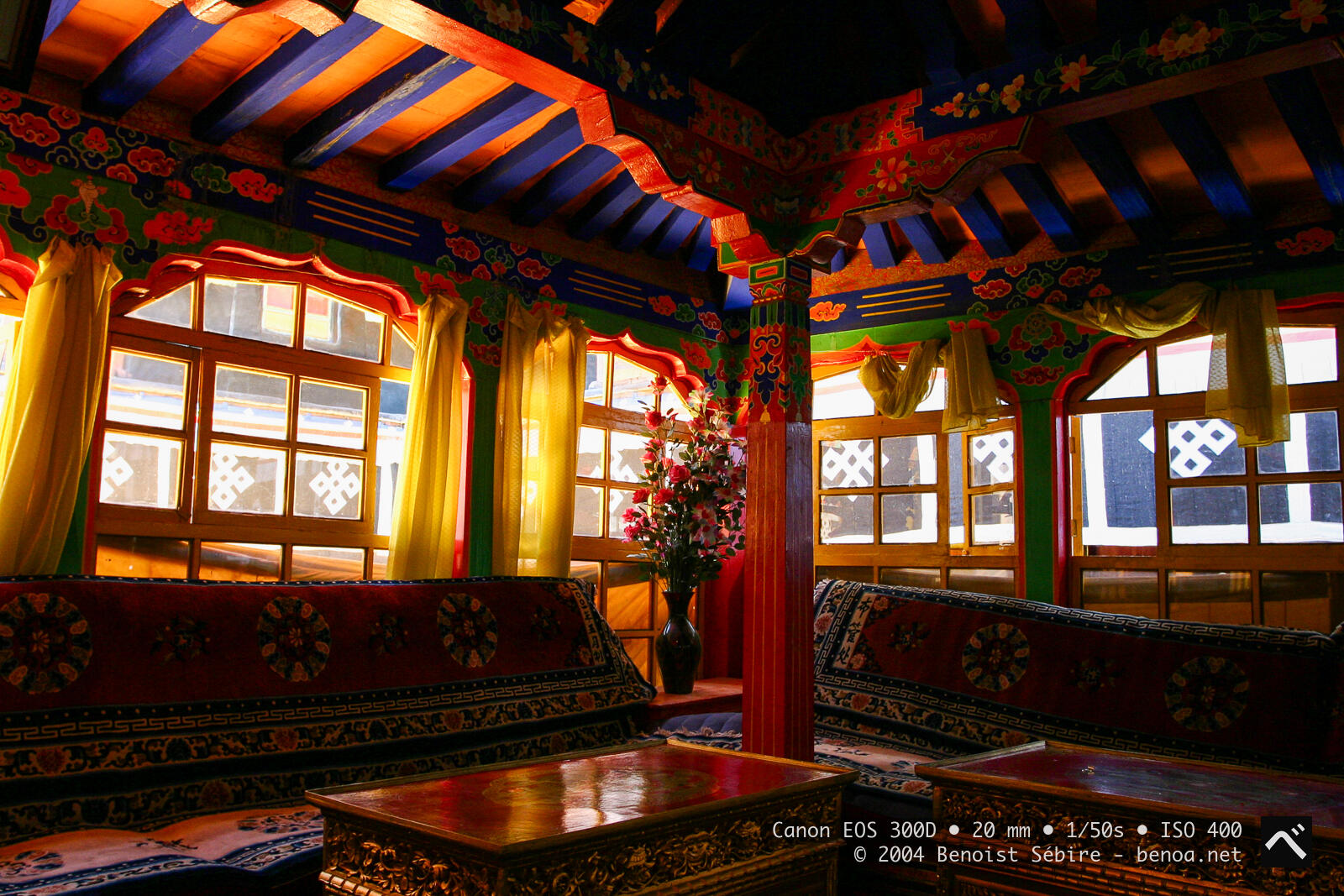Potala Palace
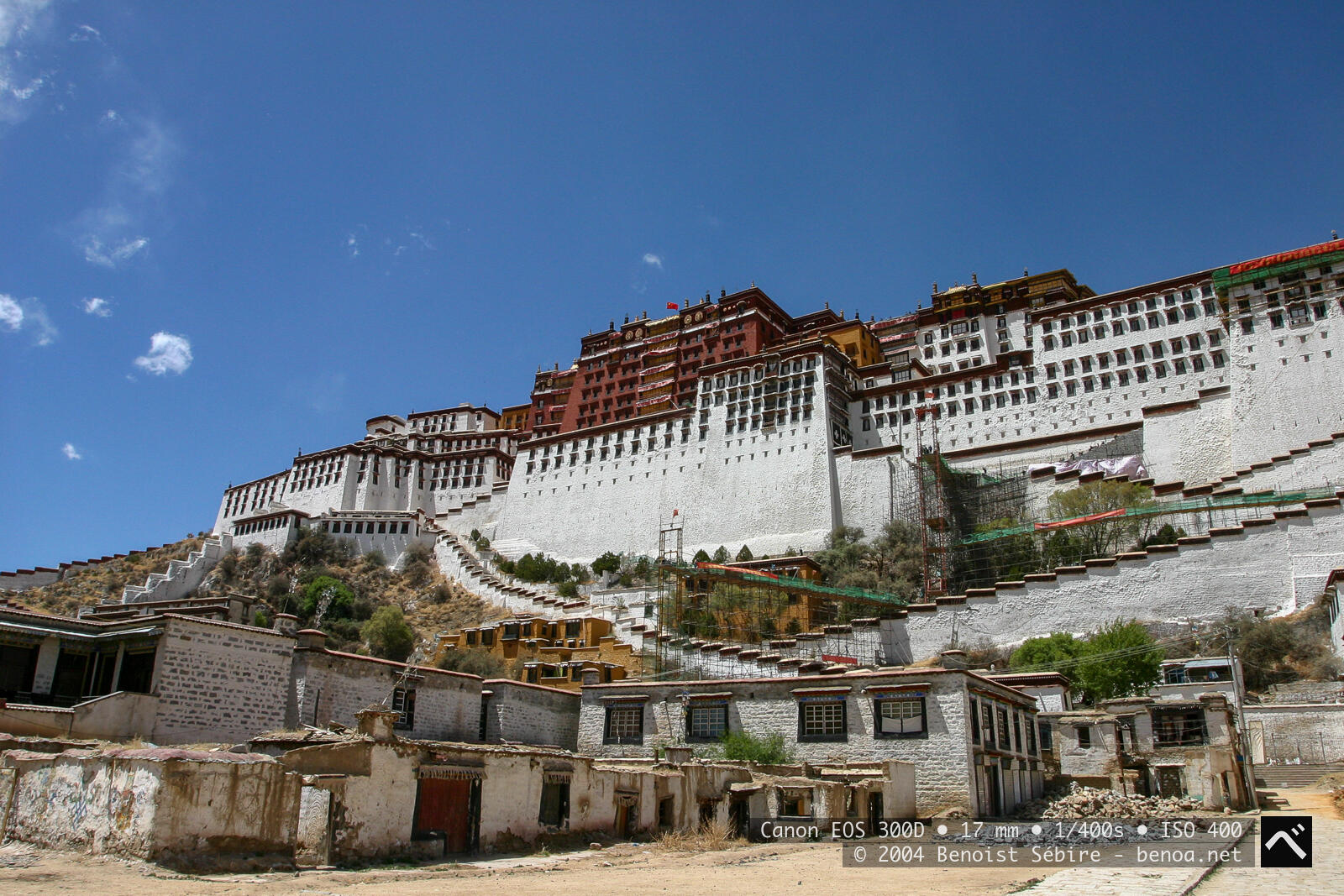
The Potala Palace is an architectural marvel and a UNESCO World Heritage Site, towering over Lhasa, Tibet. Originally built in the 7th century by King Songtsen Gampo, it was later expanded in the 17th century by the 5th Dalai Lama, becoming the primary residence of successive Dalai Lamas until the 14th fled to India in 1959. With over 1,000 rooms, 10,000 shrines, and 200,000 statues, the palace is a labyrinth of spiritual and political history. Its golden rooftops gleam over the city, a testament to Tibet’s unique culture and resilience. Today, it functions more as a museum, drawing thousands of pilgrims and tourists, though it still holds deep religious significance for Tibetan Buddhists.
The Potala Palace dominates the skyline of Lhasa, perched dramatically on Marpo Ri (Red Hill). Its sheer size and striking colour scheme make it an unmissable landmark. The palace stands 13 storeys high, with towering walls and golden rooftops that shimmer under the Tibetan sun. The exterior is split into two main sections:
- The White Palace: The lower part of the structure is painted white, symbolising peace and administrative functions. The walls, some as thick as 5 metres (16 feet), are made of stone and wood, designed to withstand earthquakes and the harsh Tibetan climate.
- The Red Palace: Rising above, the red-painted section represents spirituality and religious study. Its deep red colour is achieved through a mixture of rock, ochre, and natural dyes. This part houses sacred chapels, stupas, and thousands of Buddhist relics.
The sheer scale of the palace is awe-inspiring—400 metres (1,300 feet) long and 300 metres (980 feet) wide—making it appear like a fortress rather than just a residence. From a distance, it looks almost otherworldly, standing stark against the rugged Tibetan landscape, with snow-capped mountains in the background and the city of Lhasa stretching below.
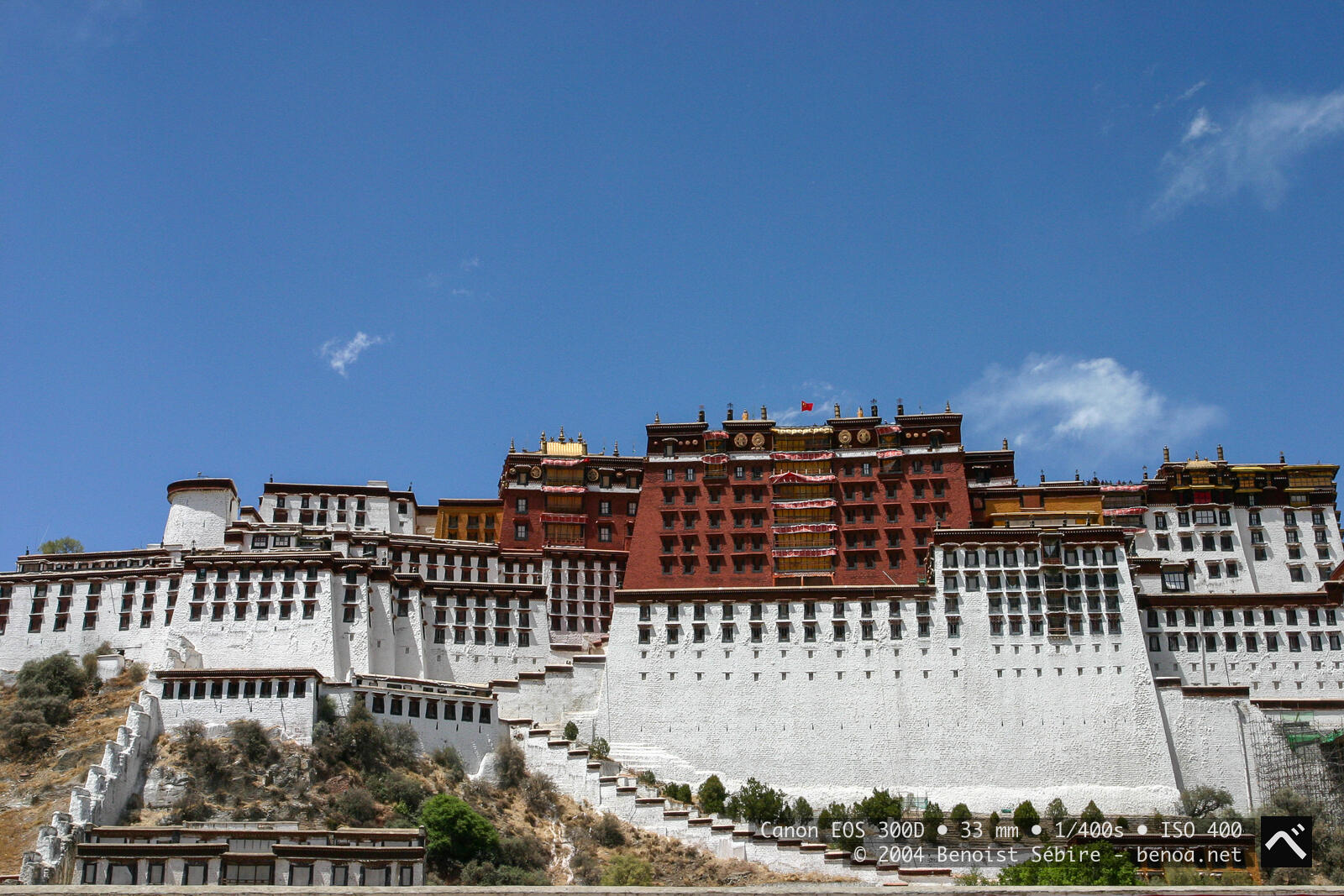
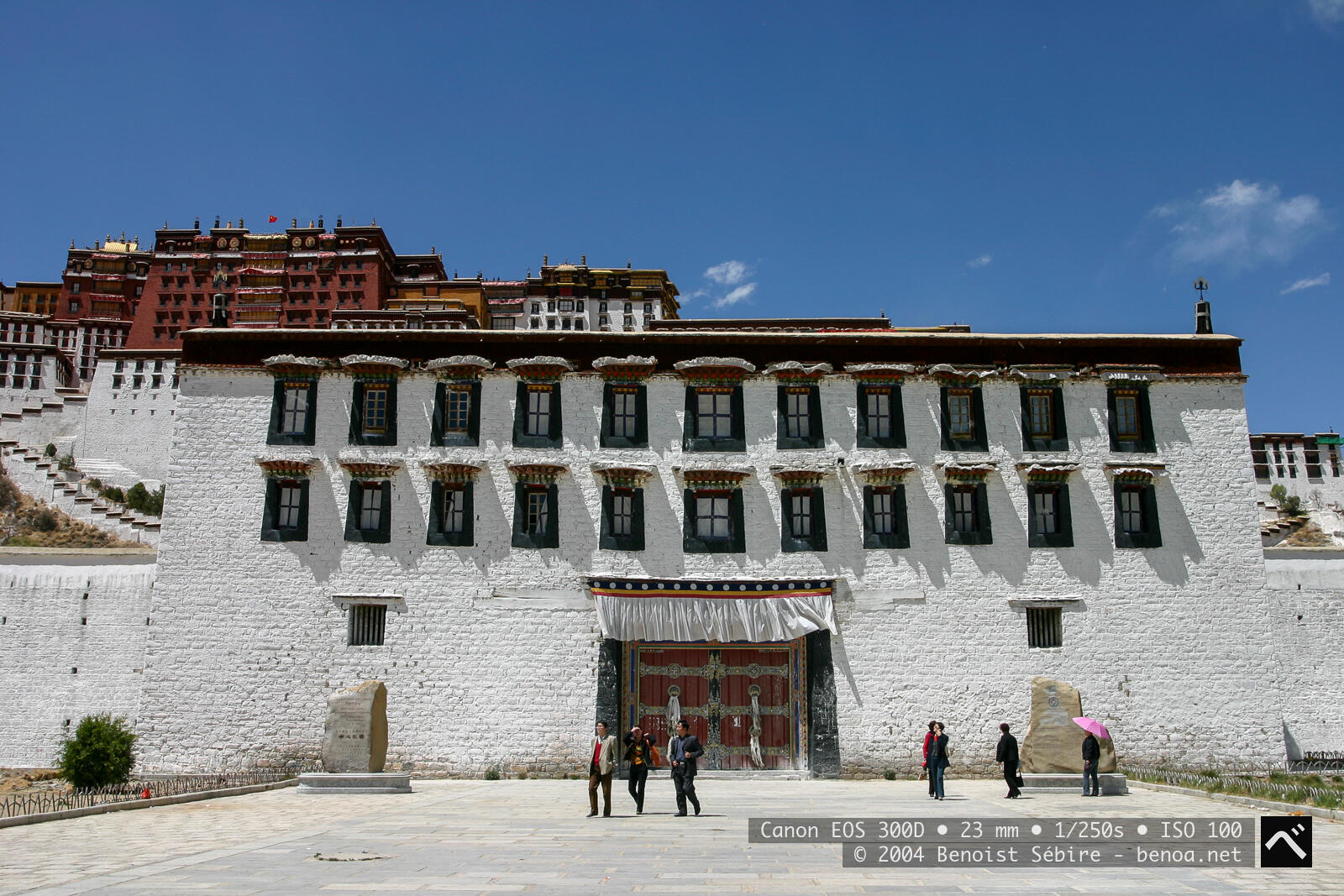
Climbing the Potala Palace steps is no joke. It’s a gruelling ascent, made even tougher by the thin air at 3,700 metres (12,100 feet) above sea level. If you’re not used to high altitudes, prepare for burning lungs, jelly legs, and frequent pauses to catch your breath.
The climb begins at the base of Marpo Ri (Red Hill), where a long, zigzagging path winds its way up towards the entrance. The steps are uneven, some shallow, others steep, and there are hundreds of them—though no one seems to agree on the exact number. Some say around 432, others swear it’s more. Either way, it feels like an eternity.
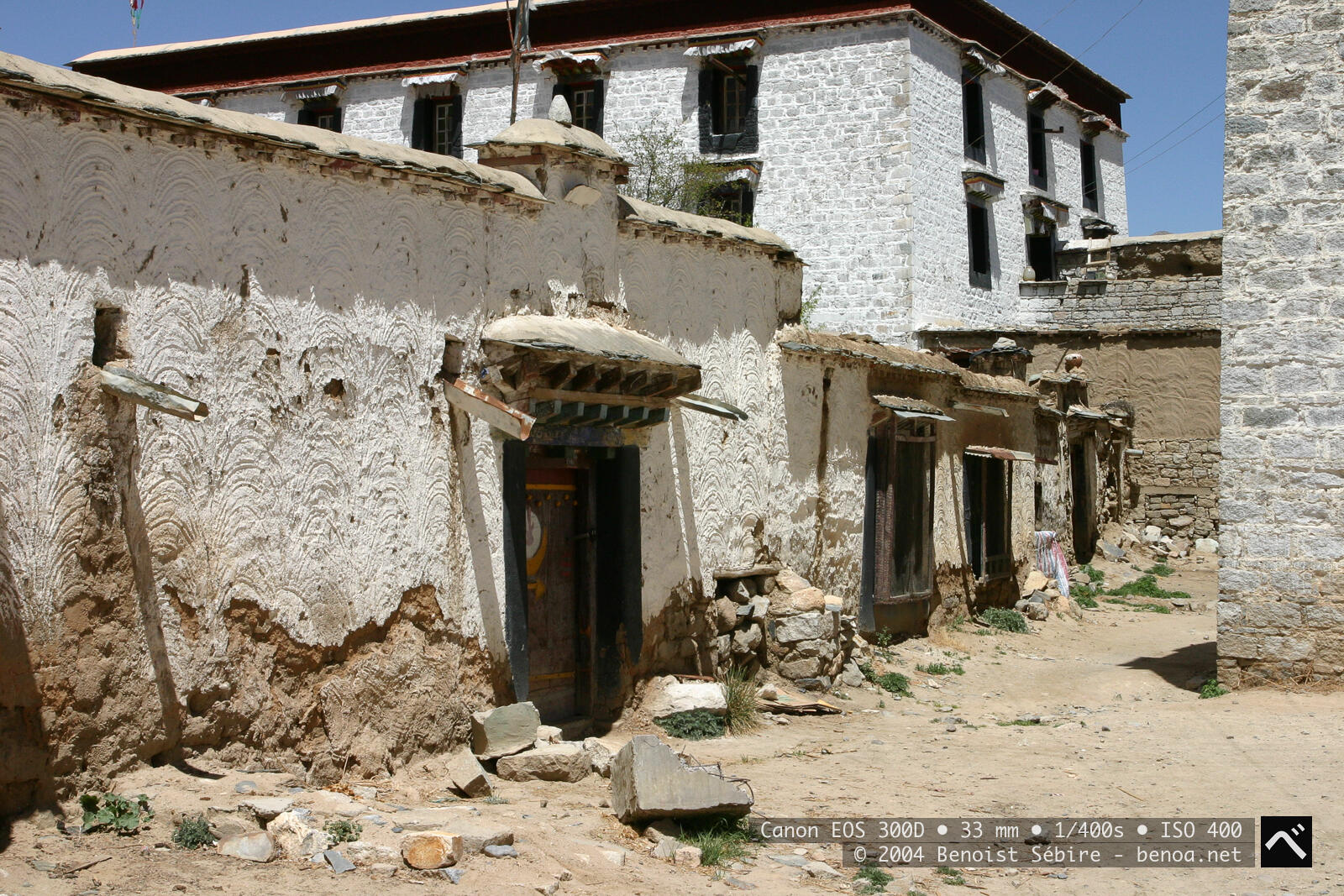
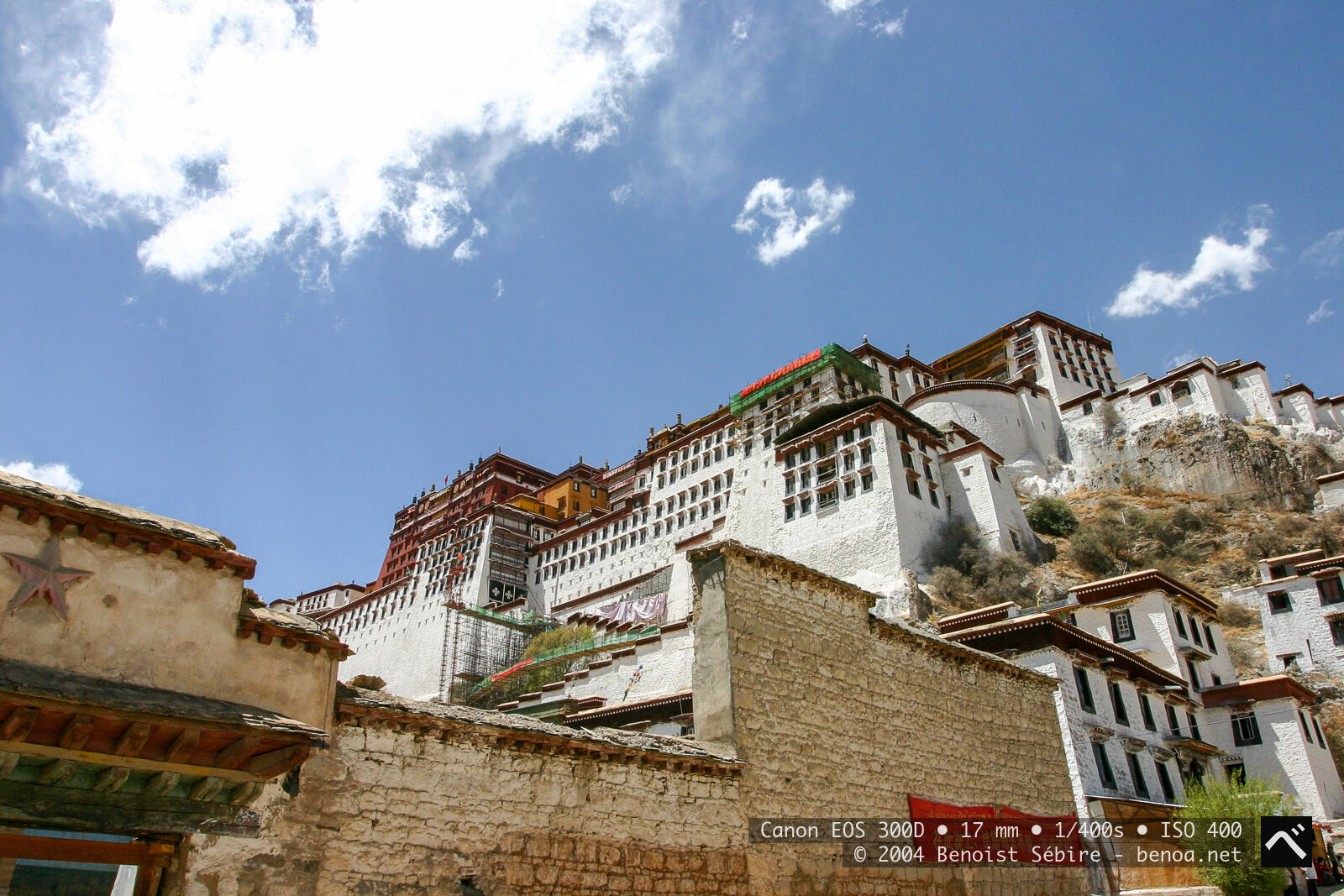
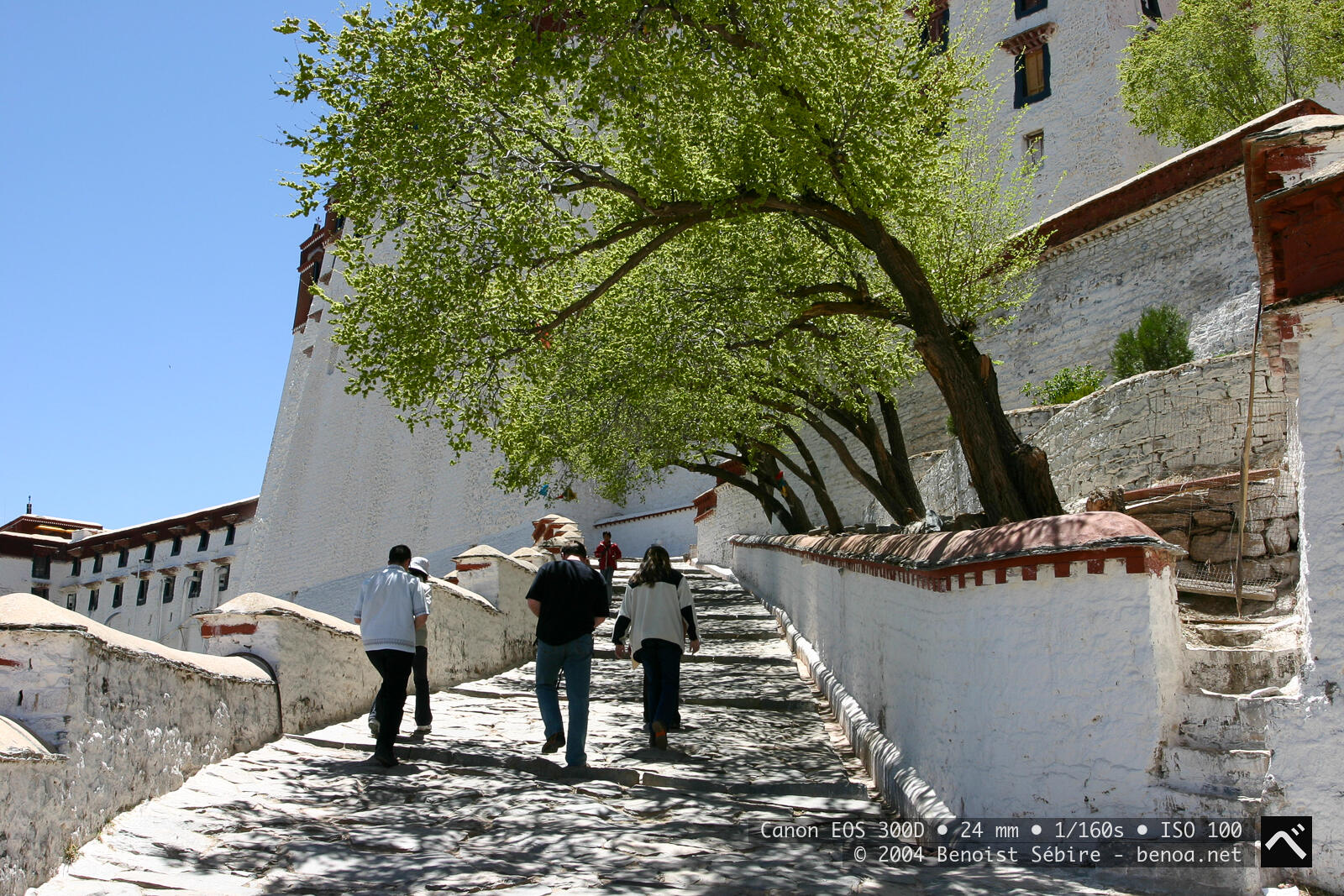
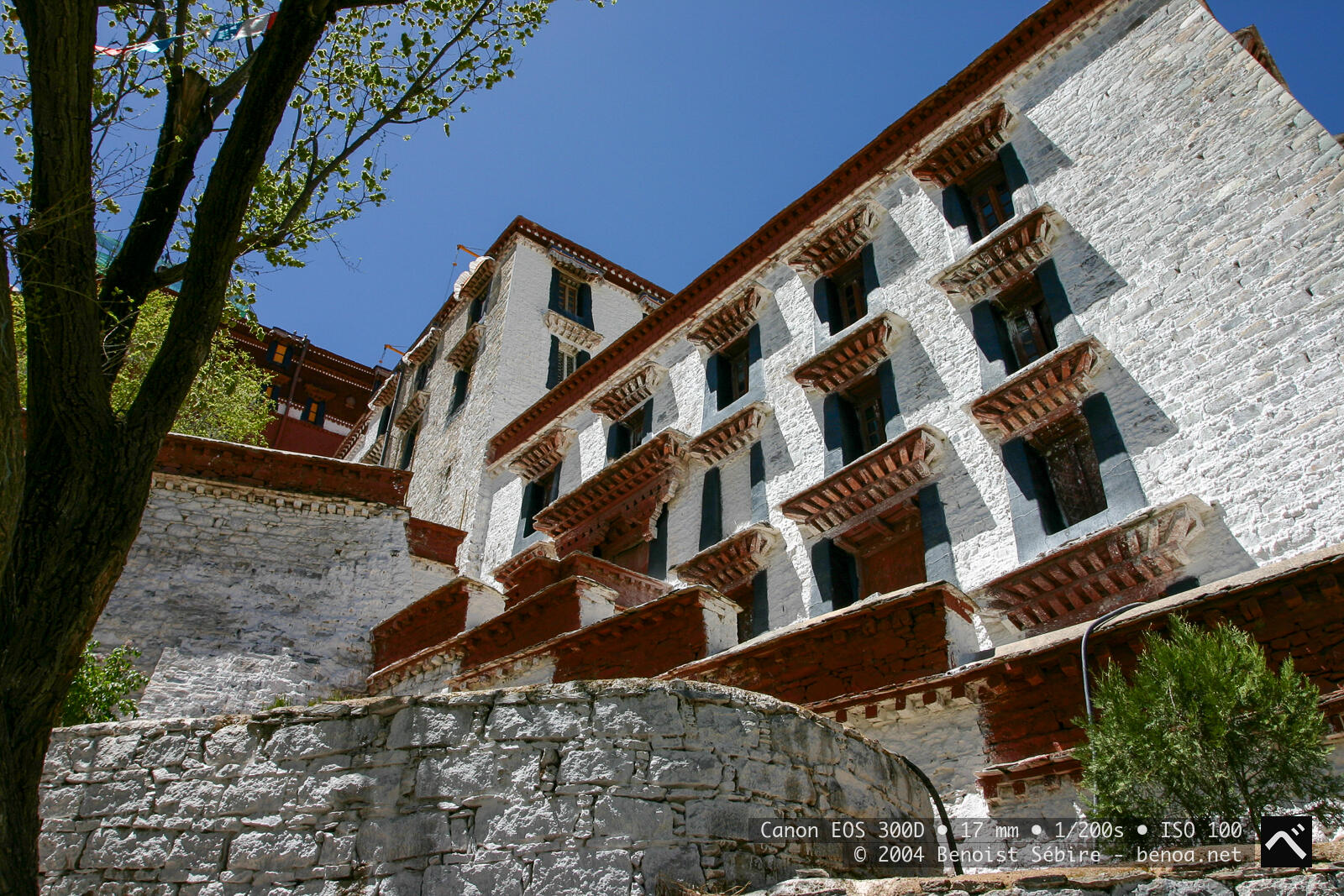
As you ascend, the whitewashed walls loom above, prayer flags flutter in the wind, and the city of Lhasa slowly spreads out below. Pilgrims, some elderly, make their way up with incredible determination, spinning prayer wheels and muttering mantras. Monks in deep red robes glide up effortlessly, while tourists huff and puff, stopping every few steps to pretend they’re admiring the view.
The higher you go, the harder it gets. The final stretch is particularly steep, leading to the grand entrance of the palace. By the time you reach the top, your legs might be shaking, but the reward is spectacular—a breathtaking view of Lhasa, the surrounding mountains, and the golden rooftops glinting in the sun. Just be careful: the descent can be just as tricky, especially if you’ve got wobbly knees from the climb!
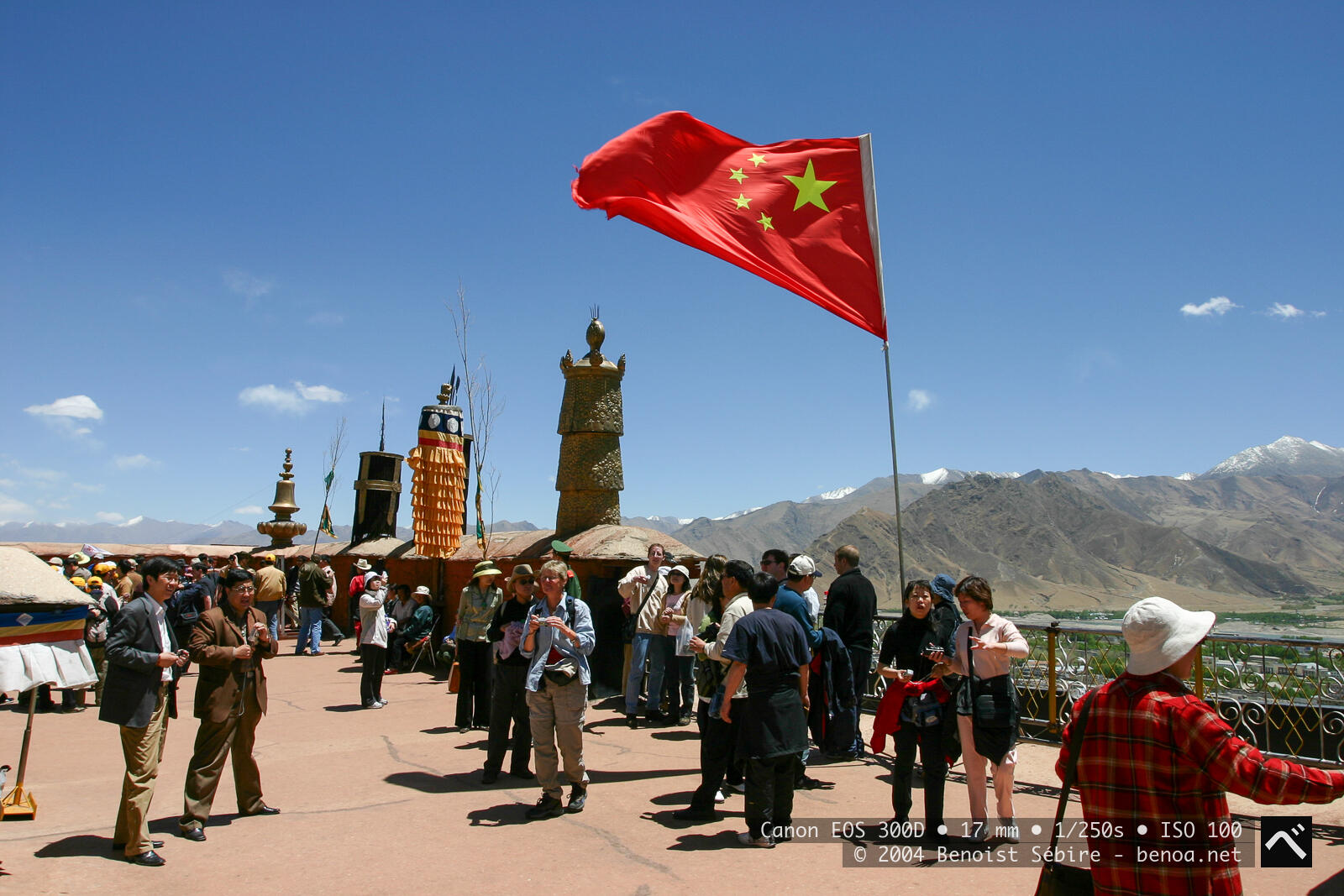
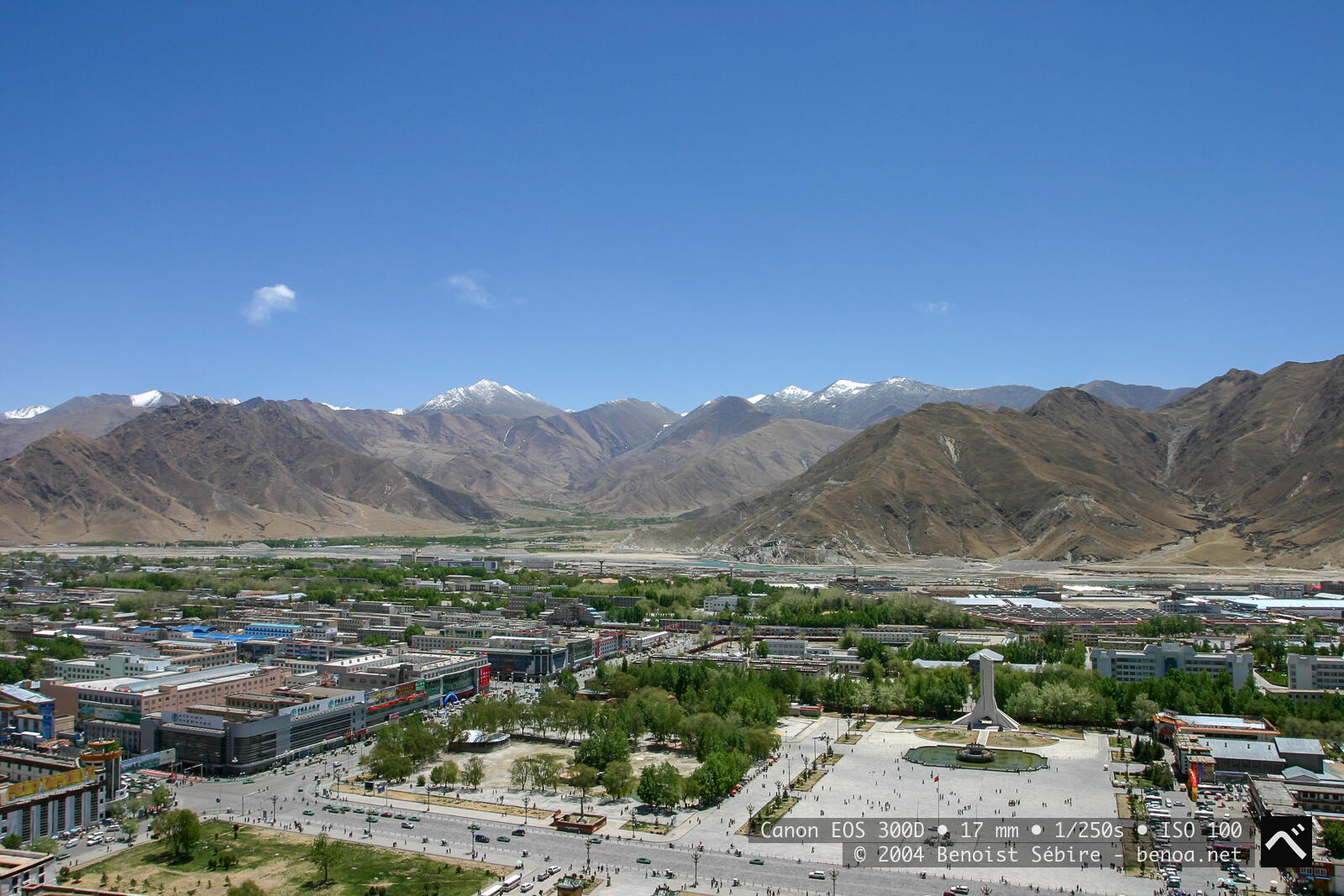
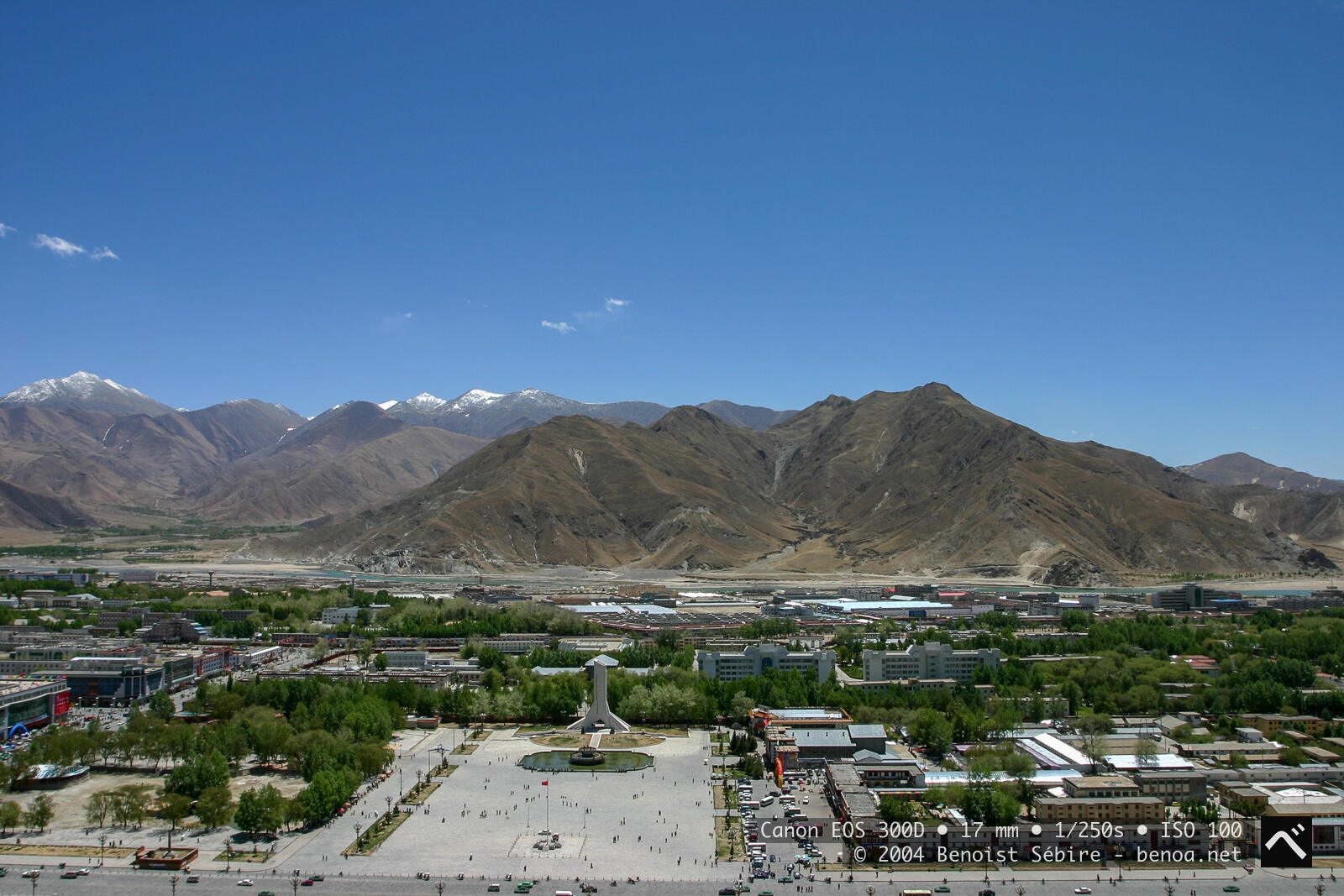
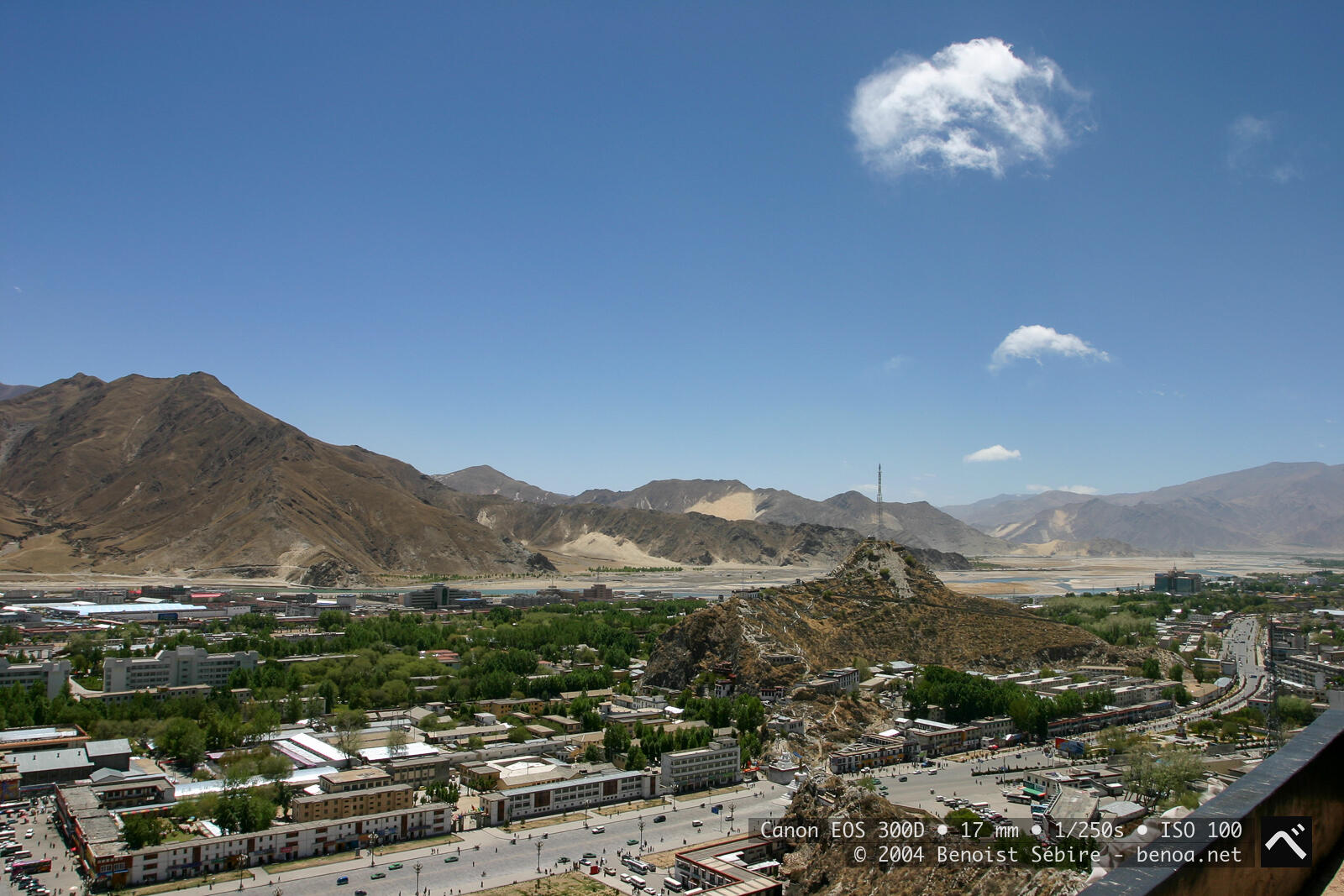
The roof of the Potala Palace is an awe-inspiring sight, a stunning blend of Tibetan craftsmanship and religious symbolism. Climbing to the top, you’re greeted by golden rooftops, shimmering under the sun, crowned with intricate gilded finials and sacred Buddhist ornaments. The contrast between the golden structures and the deep red and white walls below is striking.
The rooftops are tiered and multi-layered, following traditional Tibetan architecture. The golden spires, known as chörtens or stupas, are adorned with lotus motifs, flame designs, and small statues of deities, reflecting the spiritual significance of the palace. The gilded copper tiles not only look impressive but also help protect the structure from harsh weather.
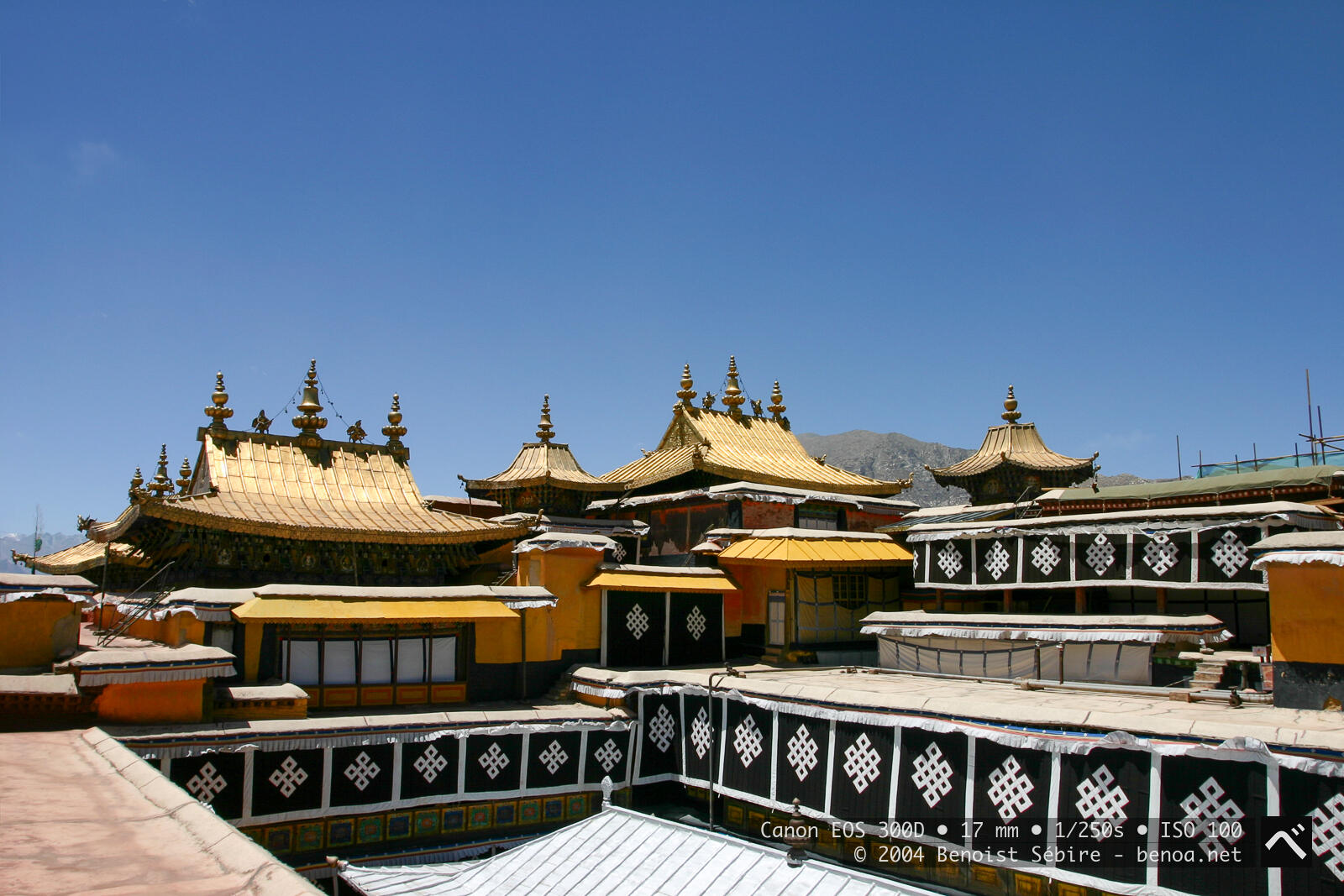
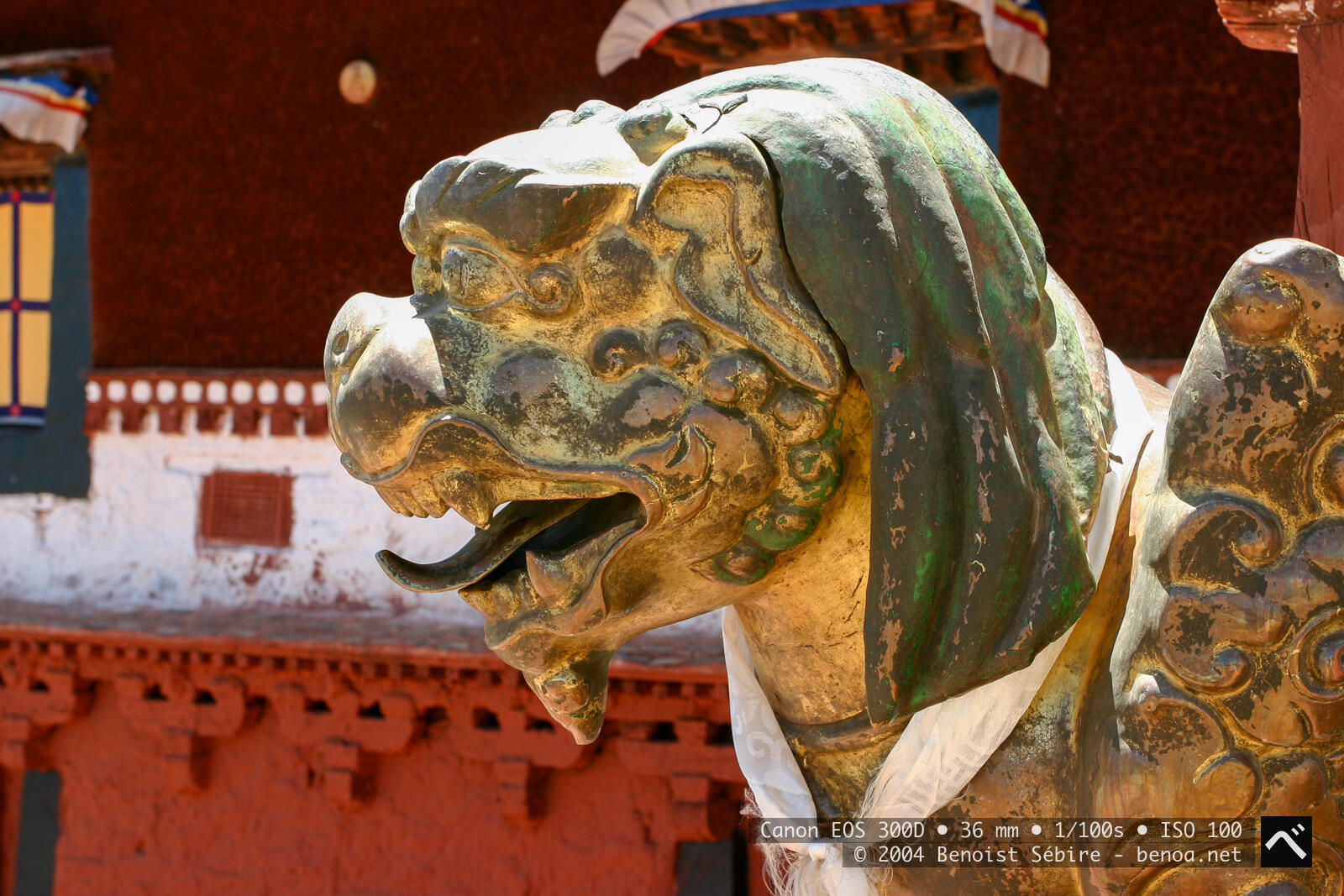
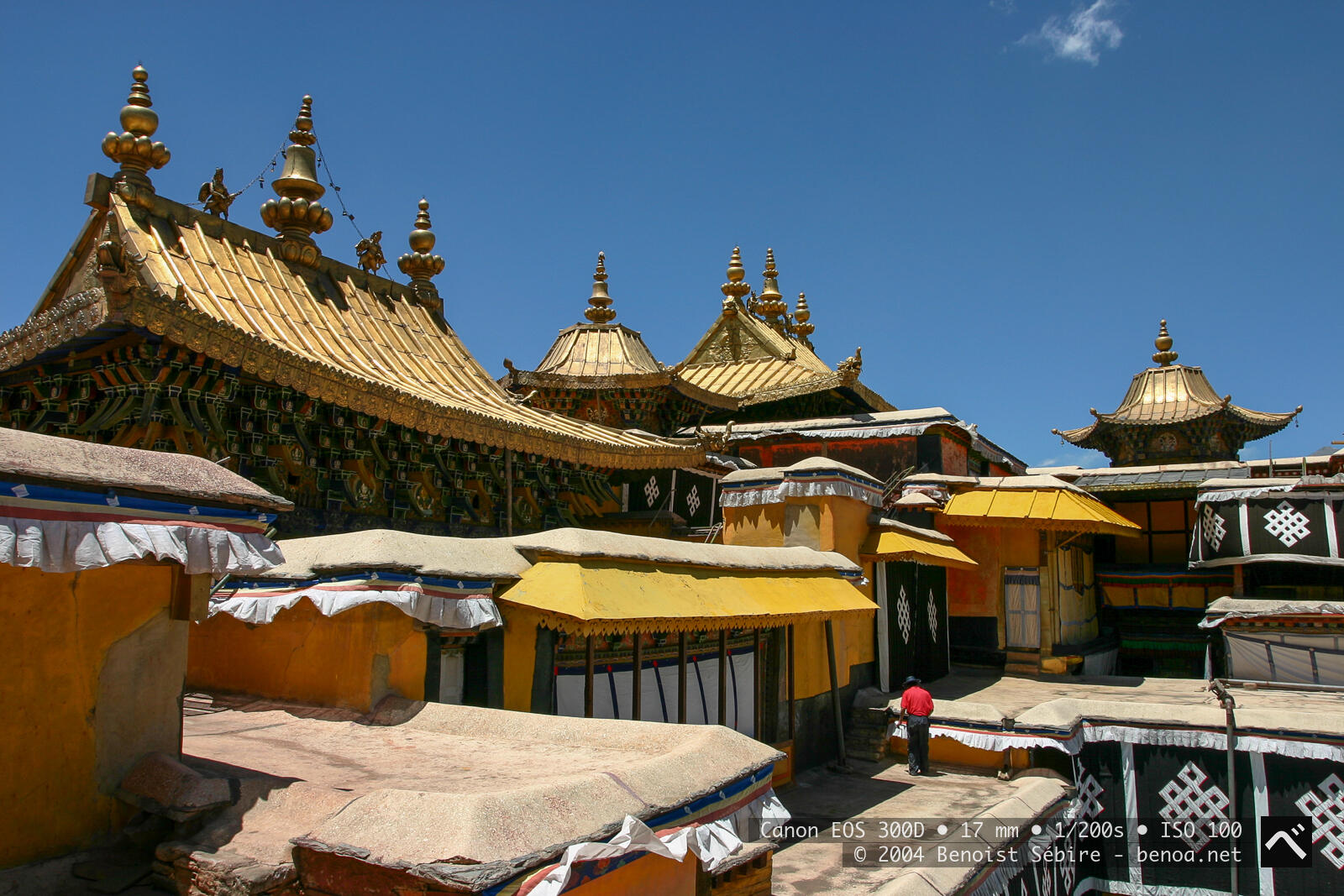
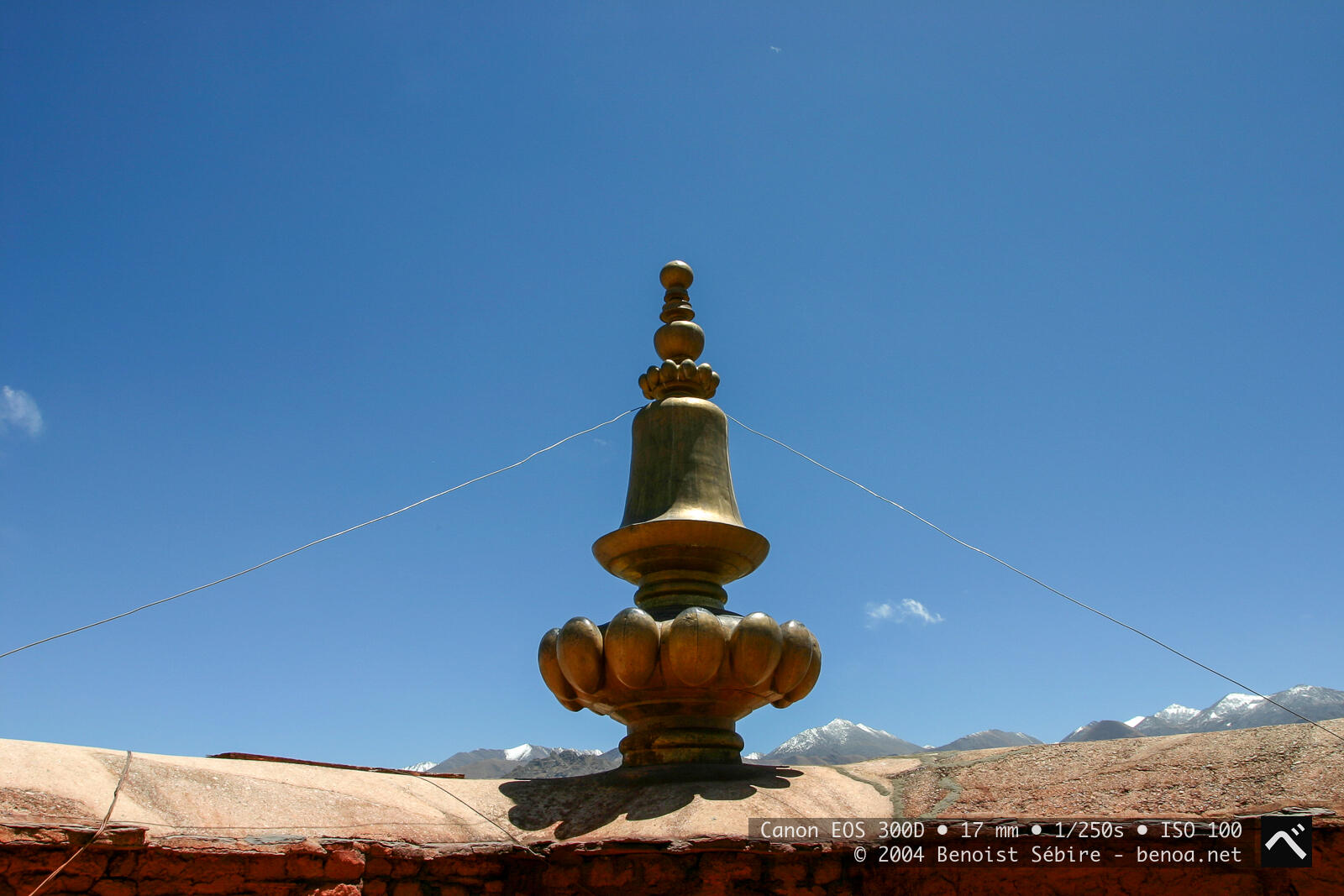
On the roof, there are also small courtyards and walkways where monks and palace officials once carried out their duties. The open space, bathed in sunlight, was used for meditation and religious ceremonies. Today, visitors lucky enough to reach this point can soak in the history and spirituality while enjoying one of the most spectacular views in Tibet.
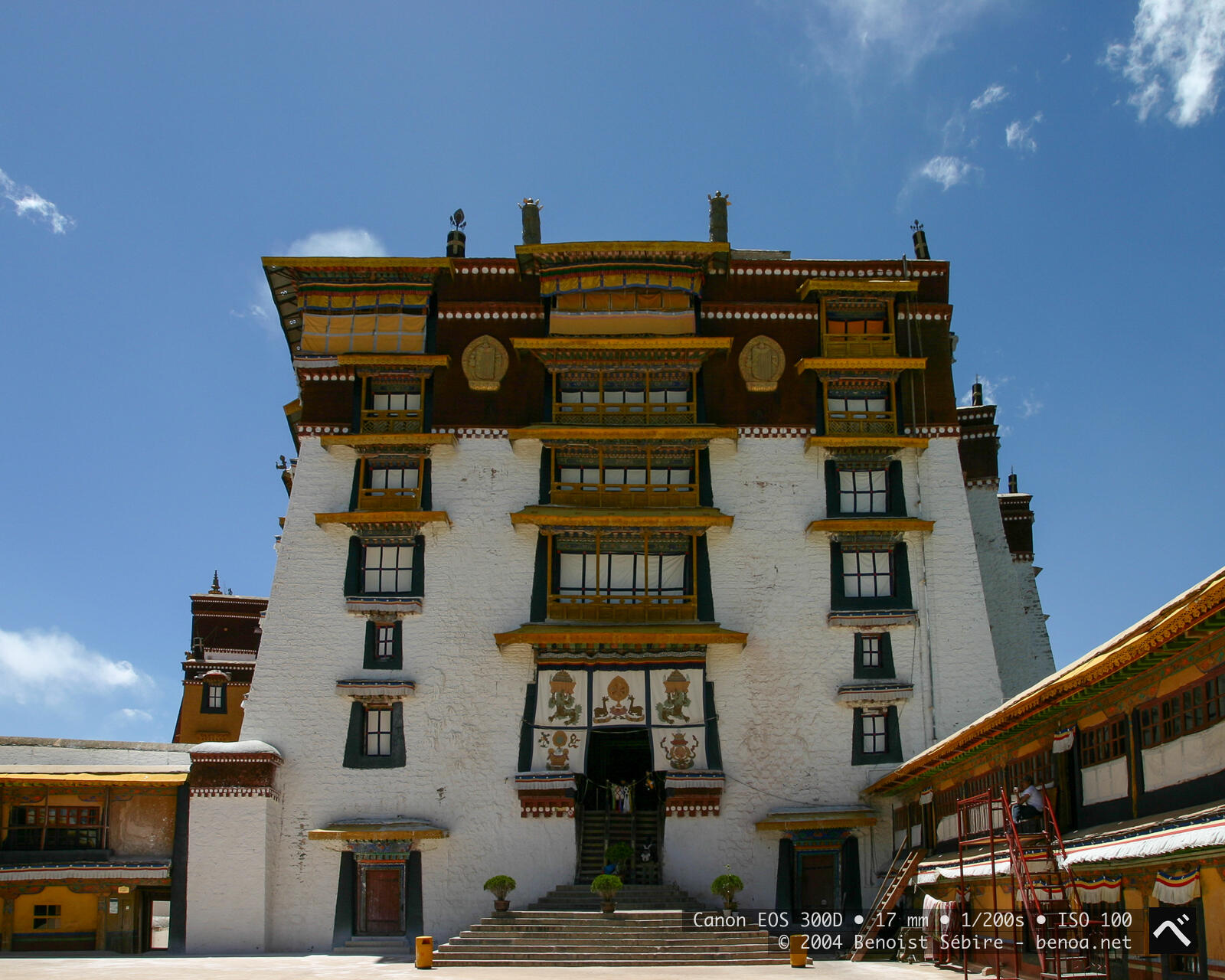
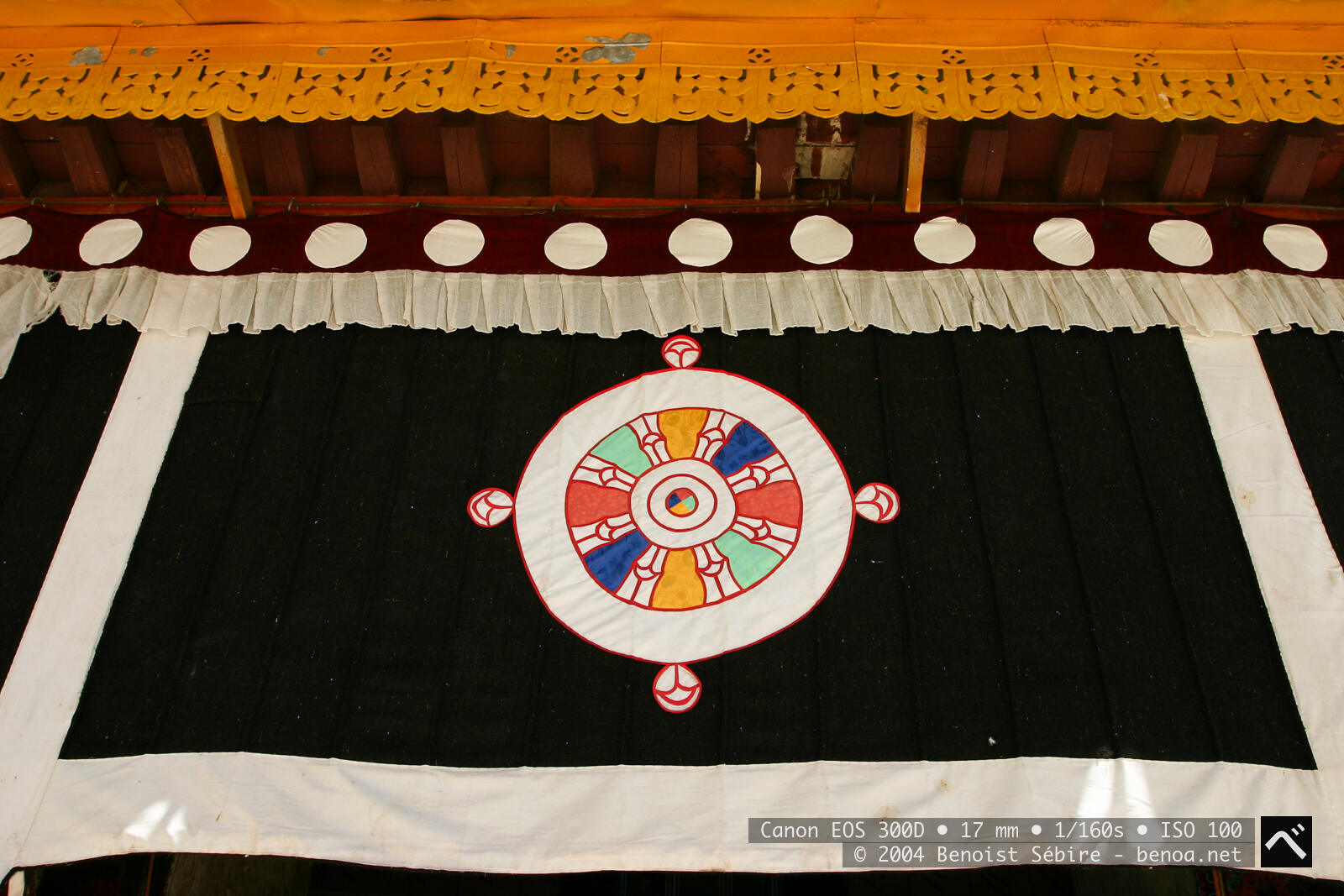
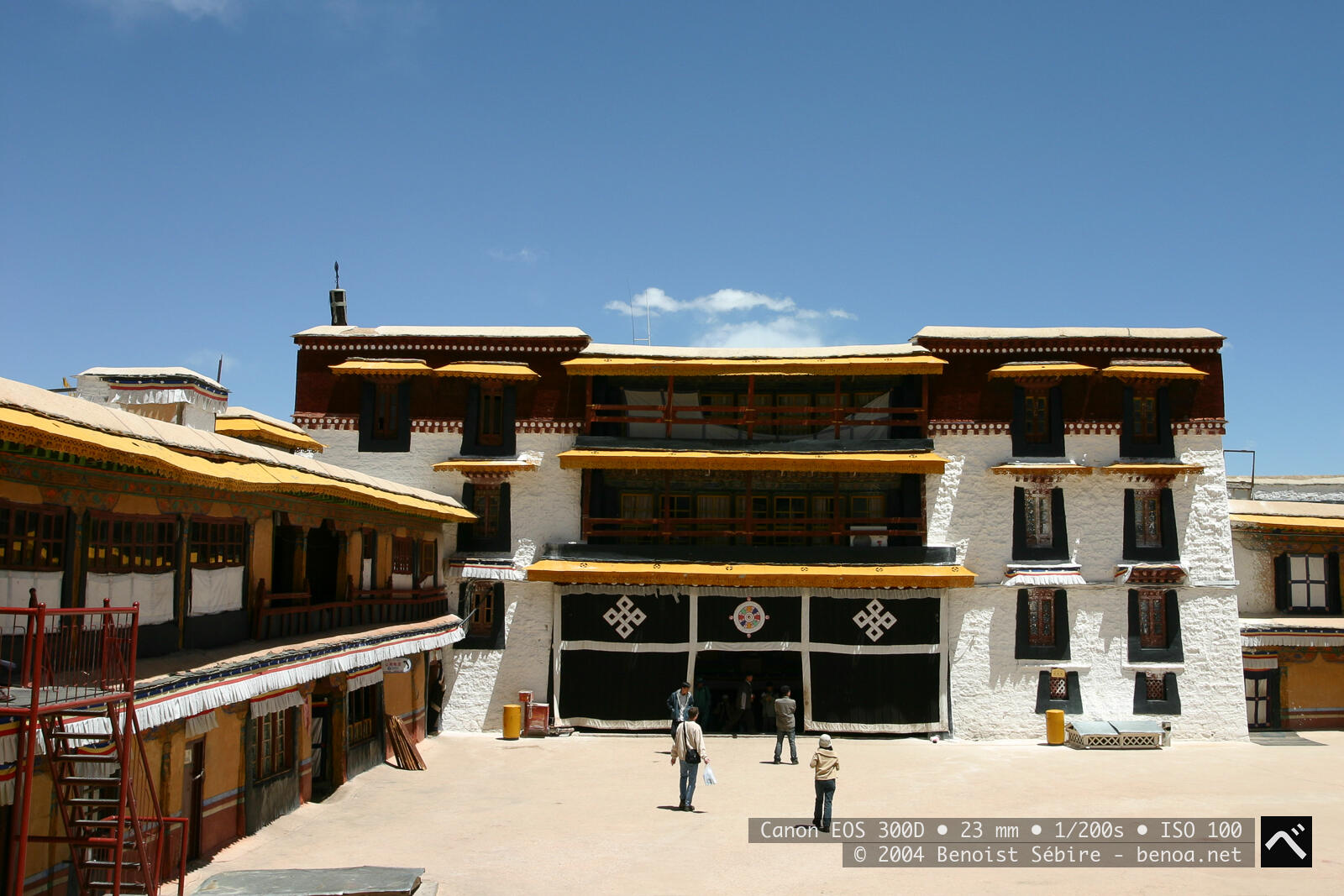
Stepping inside the Potala Palace is like entering a labyrinth of Tibetan history, religion, and royalty. The interior is a maze of dimly lit corridors, steep wooden staircases, and intricately decorated halls filled with the scent of burning butter lamps. The walls are adorned with ancient murals, depicting Buddhist teachings, legendary Tibetan kings, and past Dalai Lamas. The sheer number of shrines, chapels, tombs, and prayer rooms is overwhelming—over 1,000 rooms in total.
Key highlights inside include:
- The Red Palace – The spiritual heart of Potala, filled with sacred Buddhist relics, golden statues, and the magnificent tomb stupas of past Dalai Lamas. These tombs, covered in gold and precious stones, are among the most breathtaking sights inside.
- The White Palace – Once the living quarters of the Dalai Lamas, it also housed administrative offices. It has more modest rooms, including study halls and government chambers.
- The Great West Hall – The largest hall, covered in intricate murals detailing the life of the 5th Dalai Lama, who played a key role in expanding the palace.
- The Dharma Cave & Saint’s Chapel – Some of the oldest parts, dating back to the 7th century, when King Songtsen Gampo first built a palace here.
Despite the grandeur, the palace feels ancient and solemn. The air is thick with history, the wooden floors creak with every step, and flickering candlelight casts eerie shadows over the gold-covered statues. Photography is however strictly prohibited inside the Potala Palace and this rule is heavily enforced. So no pictures to share except from this little room where it was possible.
